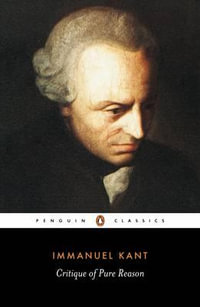Conspiracy theorizing (or what Richard Hofstadter famously called the paranoid style) is an enduring part of American politics. For such a common feature of the political landscape, there is little consensus on why conspiratorial beliefs blossom. This is not for want of attention; large literatures have addressed the phenomenon. For example, some argue that the causes of conspiracy theories are psychological, stemming from cognitive quirks, authoritarian personality traits, or psychopathologies. Sociological arguments contend that group dynamics and social status drive conspiracy theorizing. Political scientists argue that institutional power (or lack thereof) drives people to adopt conspiracy theories. Philosophers, on the other hand, argue that conspiracy theories gain traction because of their unique epistemological features, which allow beliefs to prosper without standards of evidence. Each of these views provides valuable insights. Conspiracy Theories brings together these perspectives for students to evaluate their strengths. While engaging in rich discussion, Conspiracy Theories rigorously analyzes the most current arguments and evidence while providing numerous real-world examples so students can contextualize and visualize the current debates. Each chapter addresses important current questions, provides conceptual tools, defines important terms, and introduces the appropriate methods of analysis. Each chapter concludes with a list of important terms, questions to spark class discussion, and suggestions for further reading. The chapters will have boxed text to highlight important points with anecdotes and quotes.
Industry Reviews
Uscinski (Univ. of Miami) is a prolific scholar of conspiracy theory studies, a subfield that in recent years has blossomed in several disciplines. In this concise introduction to the academic approaches to this subject, the author aims to "introduce students to the latest research on conspiracy theories," including polling numbers and research conducted by scholars in the two fields most invested in probing conspiracy theories: psychology and sociology. Scholarship on this topic in philosophy, history, and political science is also referenced. Other chapters explain the need to study conspiracy theories, defining the concept and the politics of these theories. Each chapter ends with a bibliography and list of key terms, and endnotes close the text. Since Uscinski focuses on research, readers will need to look elsewhere for details about the actual conspiracies (e.g., the Tuskegee syphilis experiment), conspiracy theories (e.g., the moon landing hoax, QAnon), and conspiracy theory tropes (e.g., false flags, sex-trafficking rings) mentioned throughout. Fortunately, sources for the book run from the most notable scholars to the most implausible conspiracists, and so the bibliography serves as a rich resource for newcomers to the topic. Summing Up: Recommended. All levels.

























